Engineering Systems for Data Science
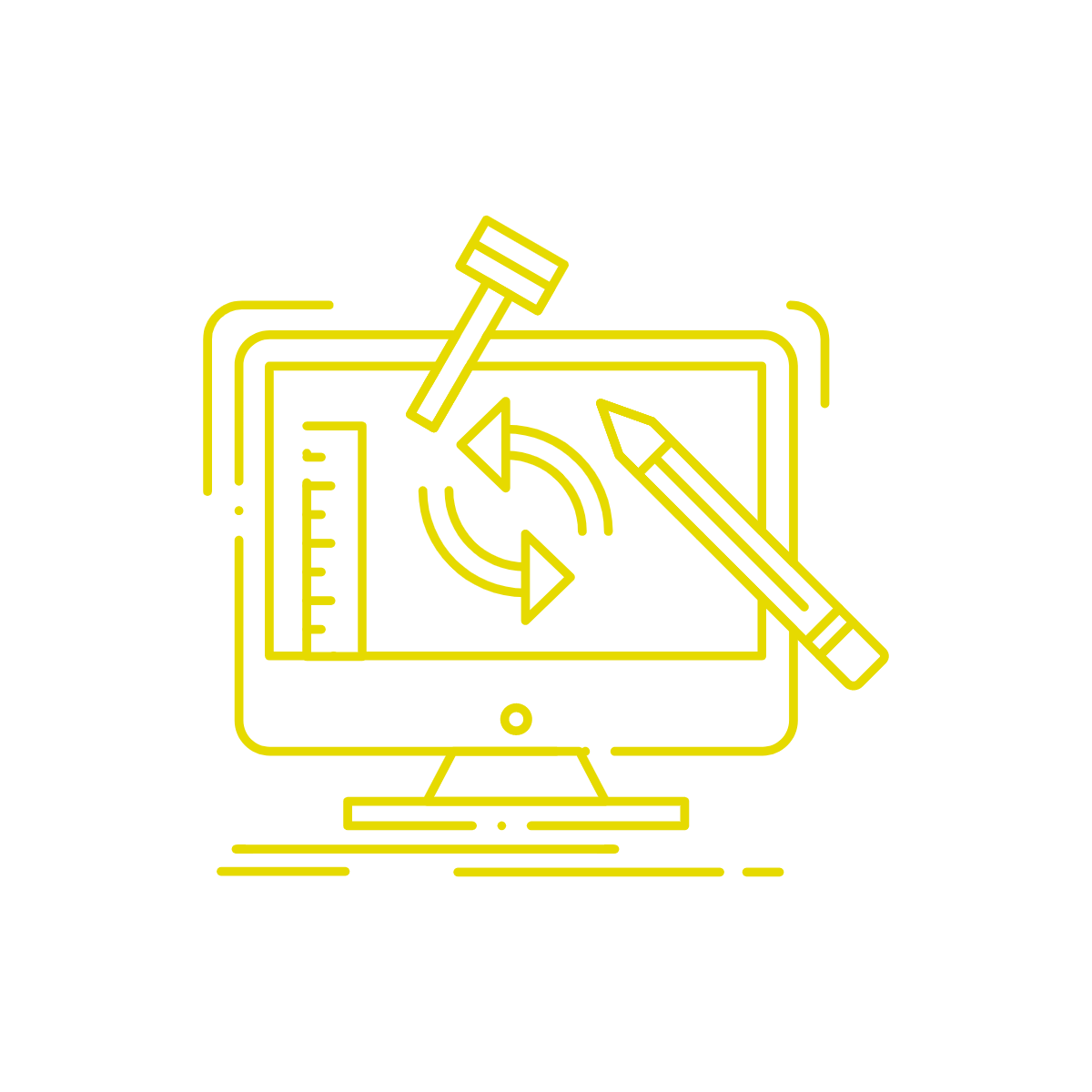
... a way of thinking of systems that is global and encompassing, rather than focussed on particular issues.
What is Systems Thinking?
Data Science System =
Data + _____ + _____ + ...
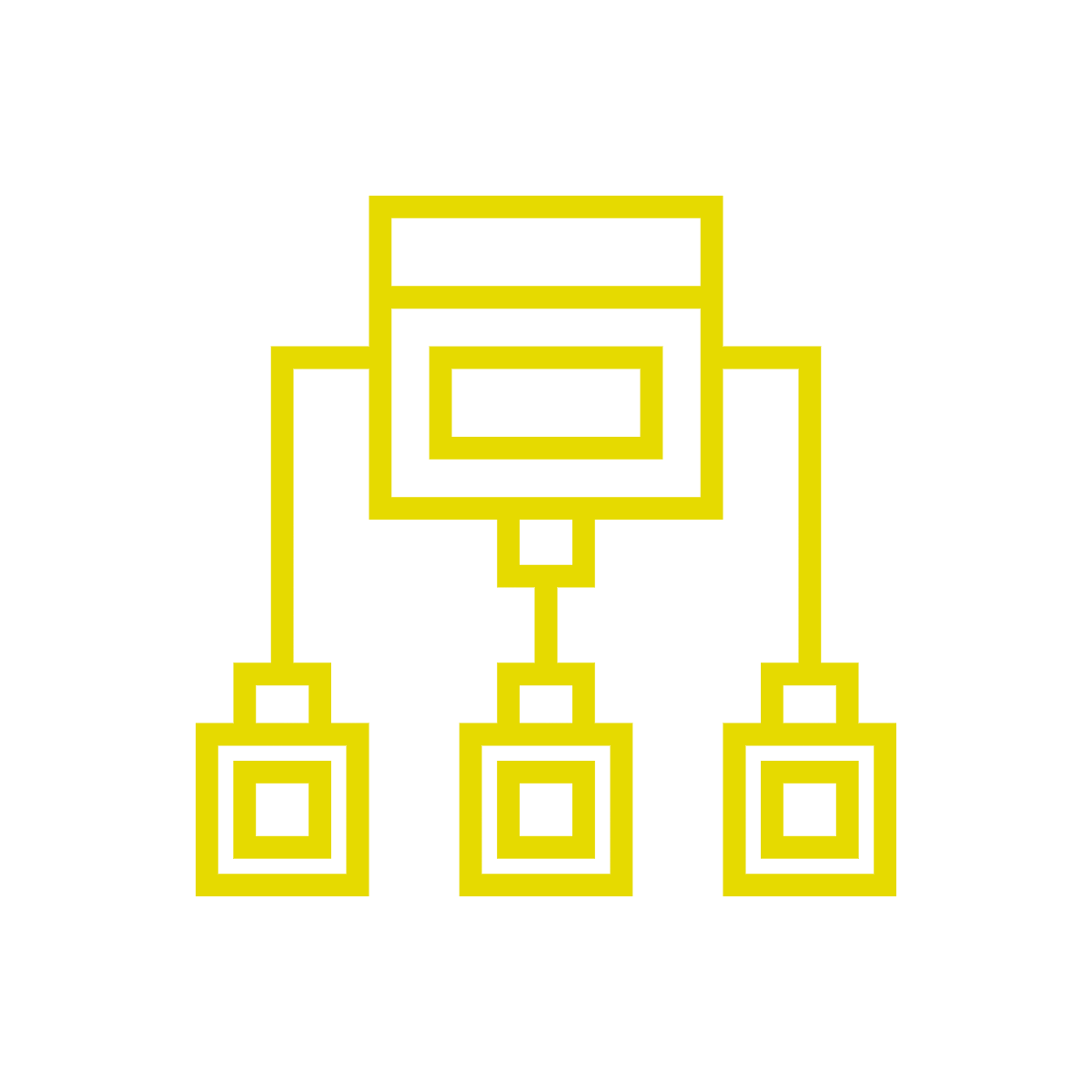
Venn-data



DOMAIN
KNOWLEDGE
HACKING SKILLS
MATH AND STATS
DATA
SCIENCE
Venn-data
BUSINESS
PROGRAMMING
STATISTICS
COMMUNICATION
DATA
SCIENCE
DATA ANALYST
RESEARCH ENGINEER
DATA ENGINEER
Engineering Systems for Data Science
Process


Programming
+
Process
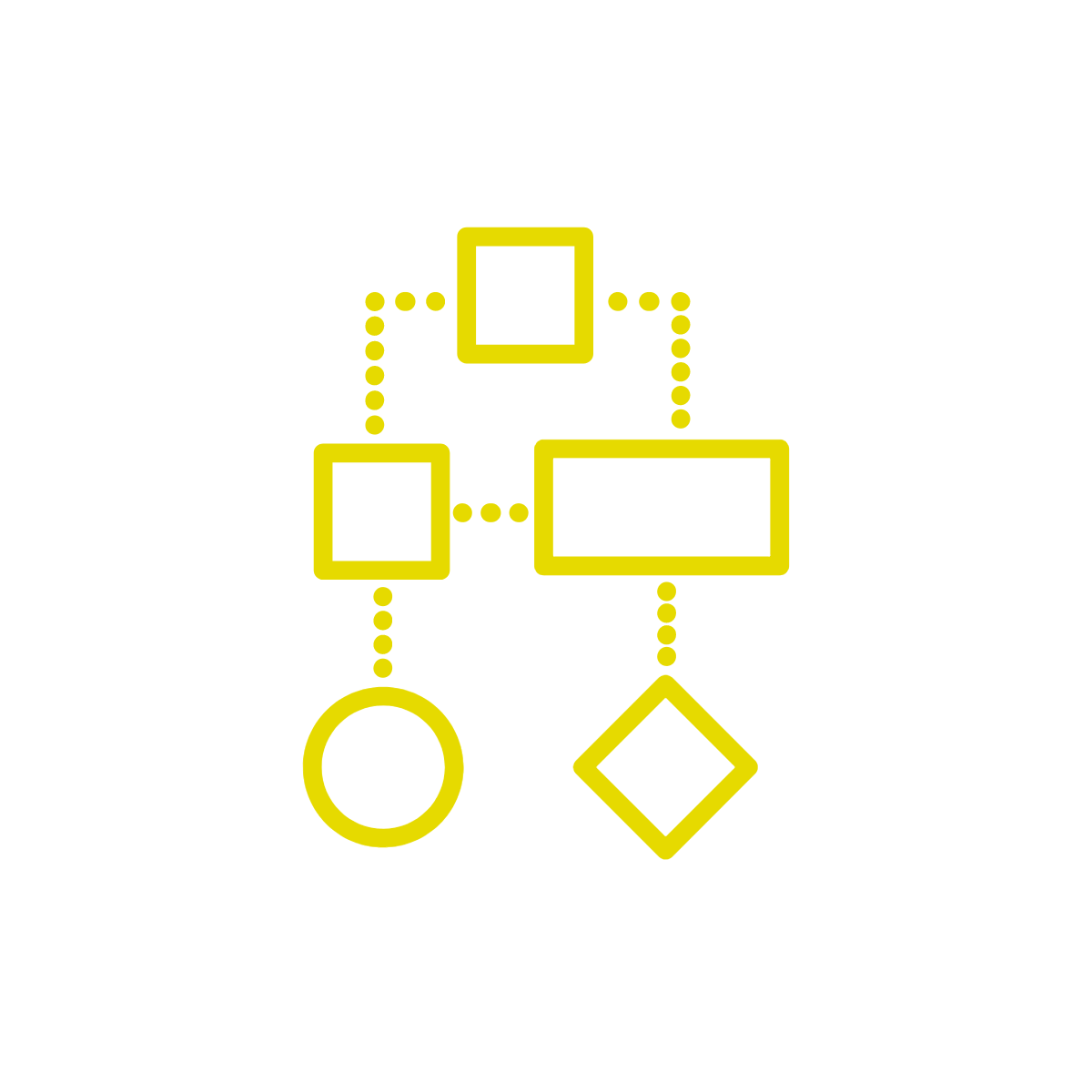

+
Flow of steps
Agile improvement
CRISP-DM
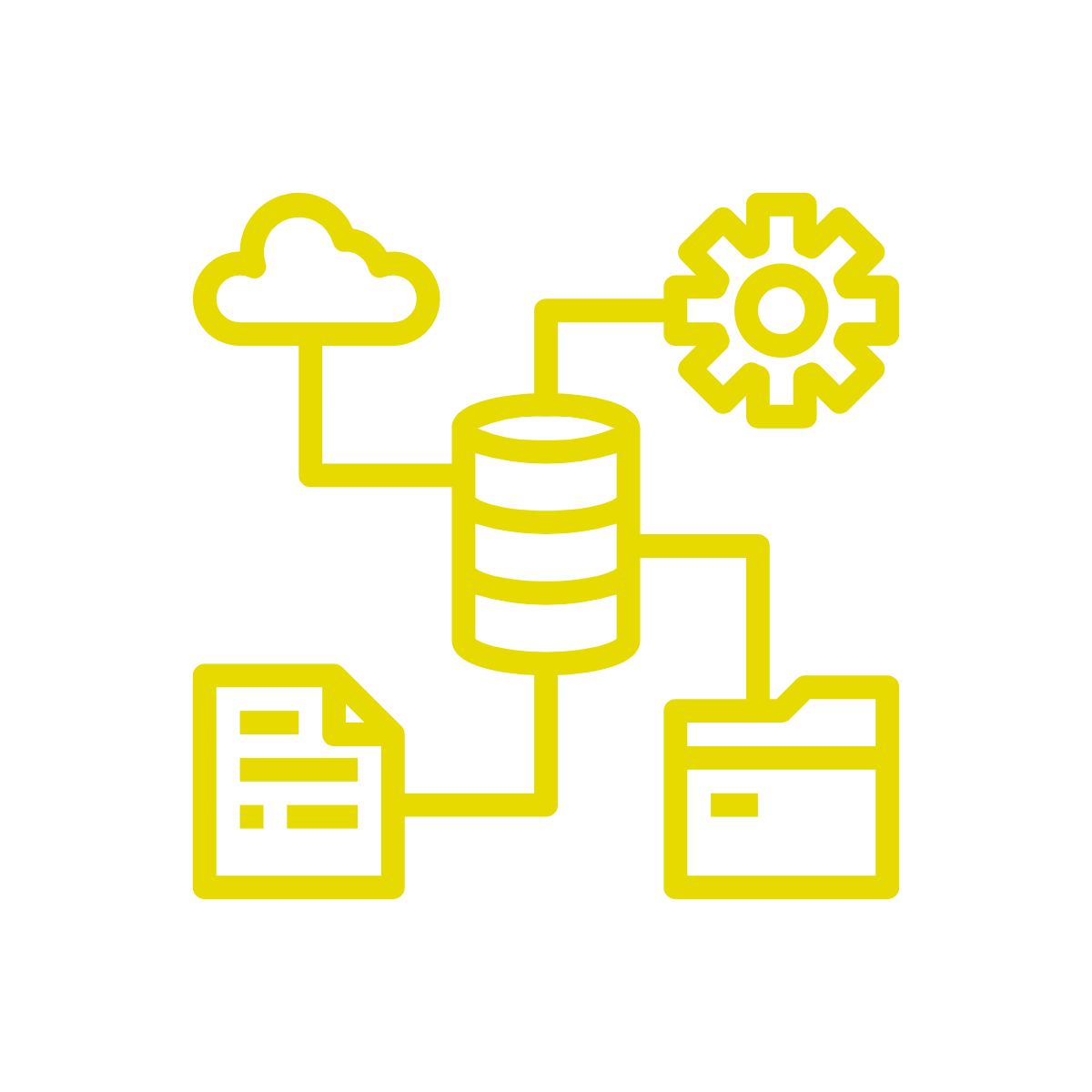
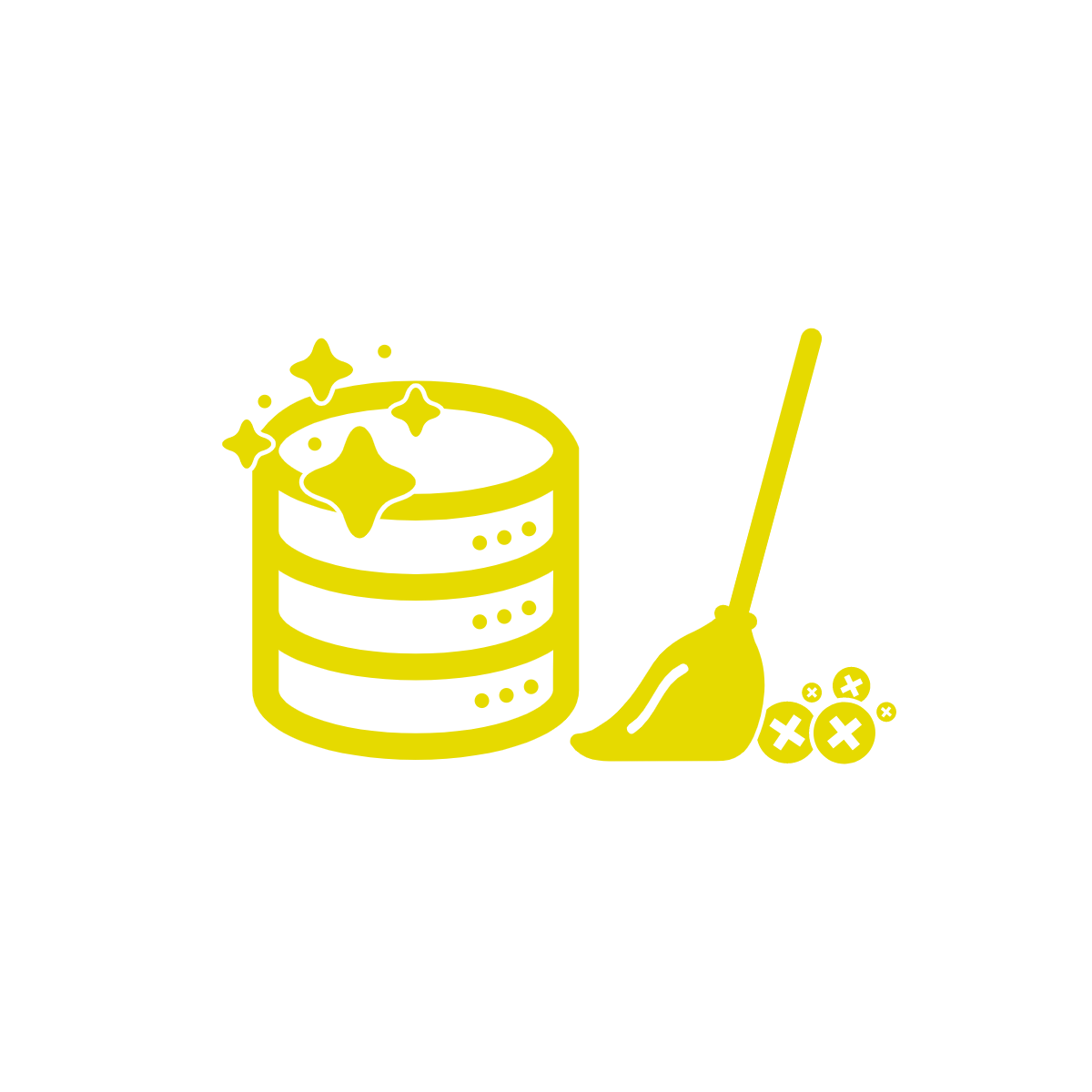
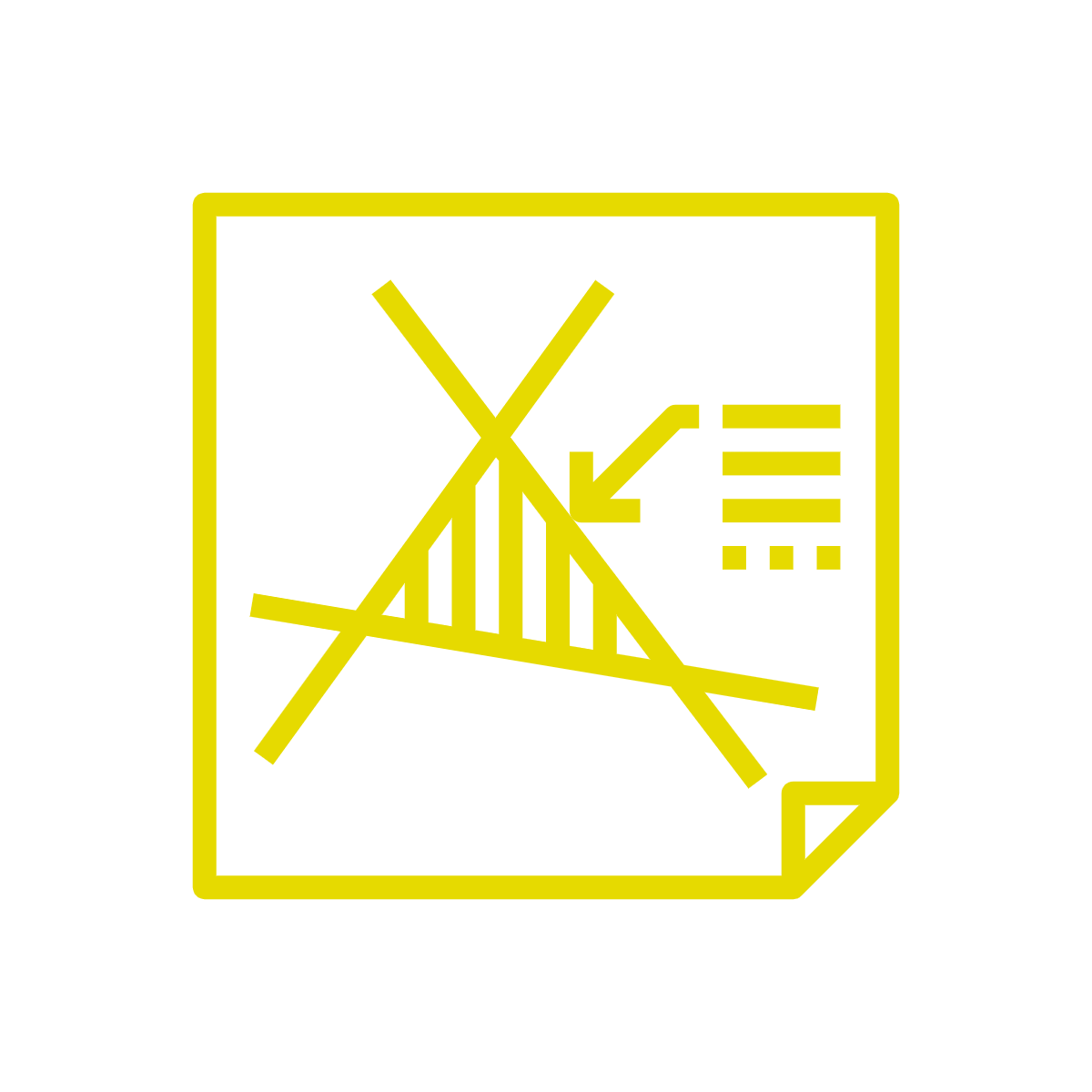
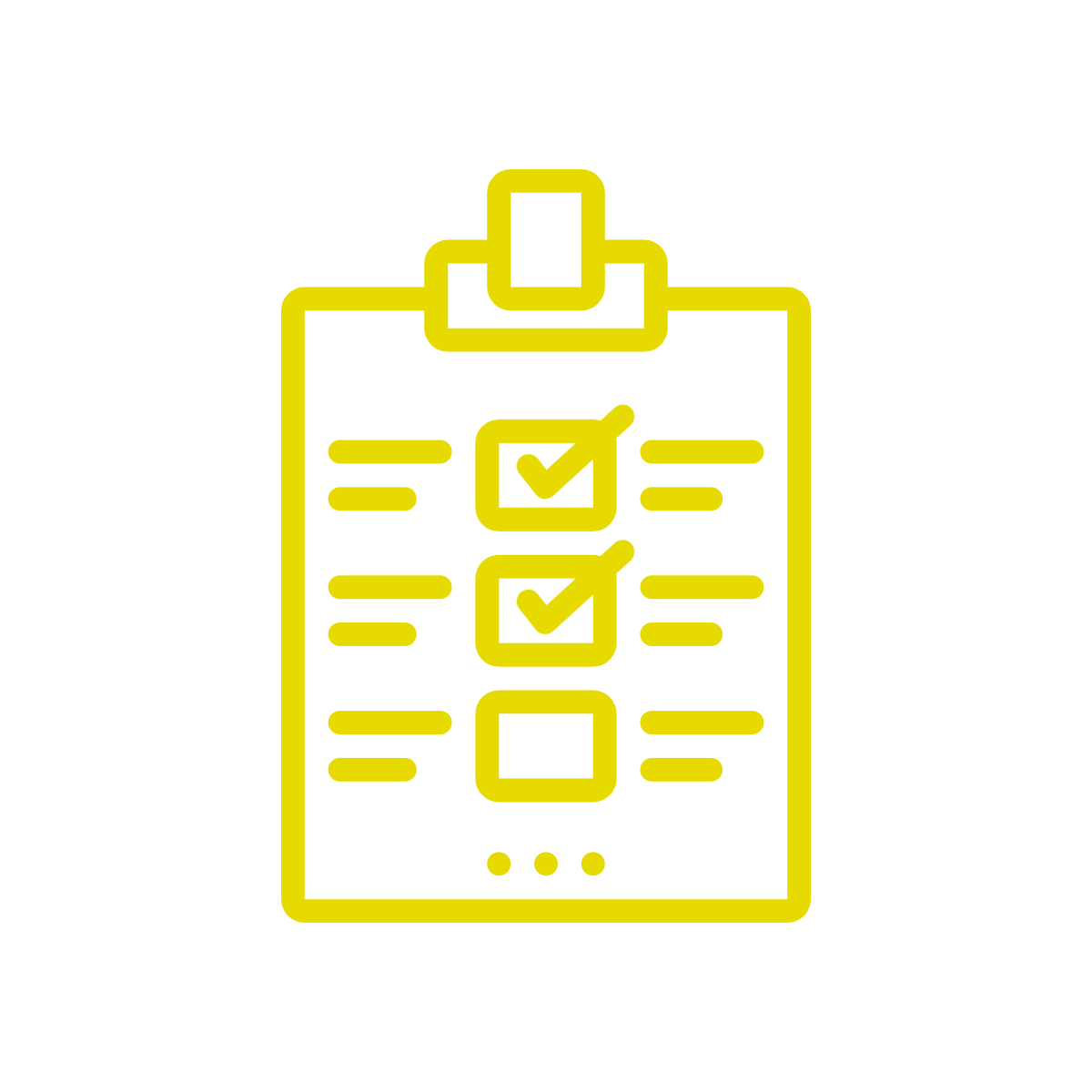
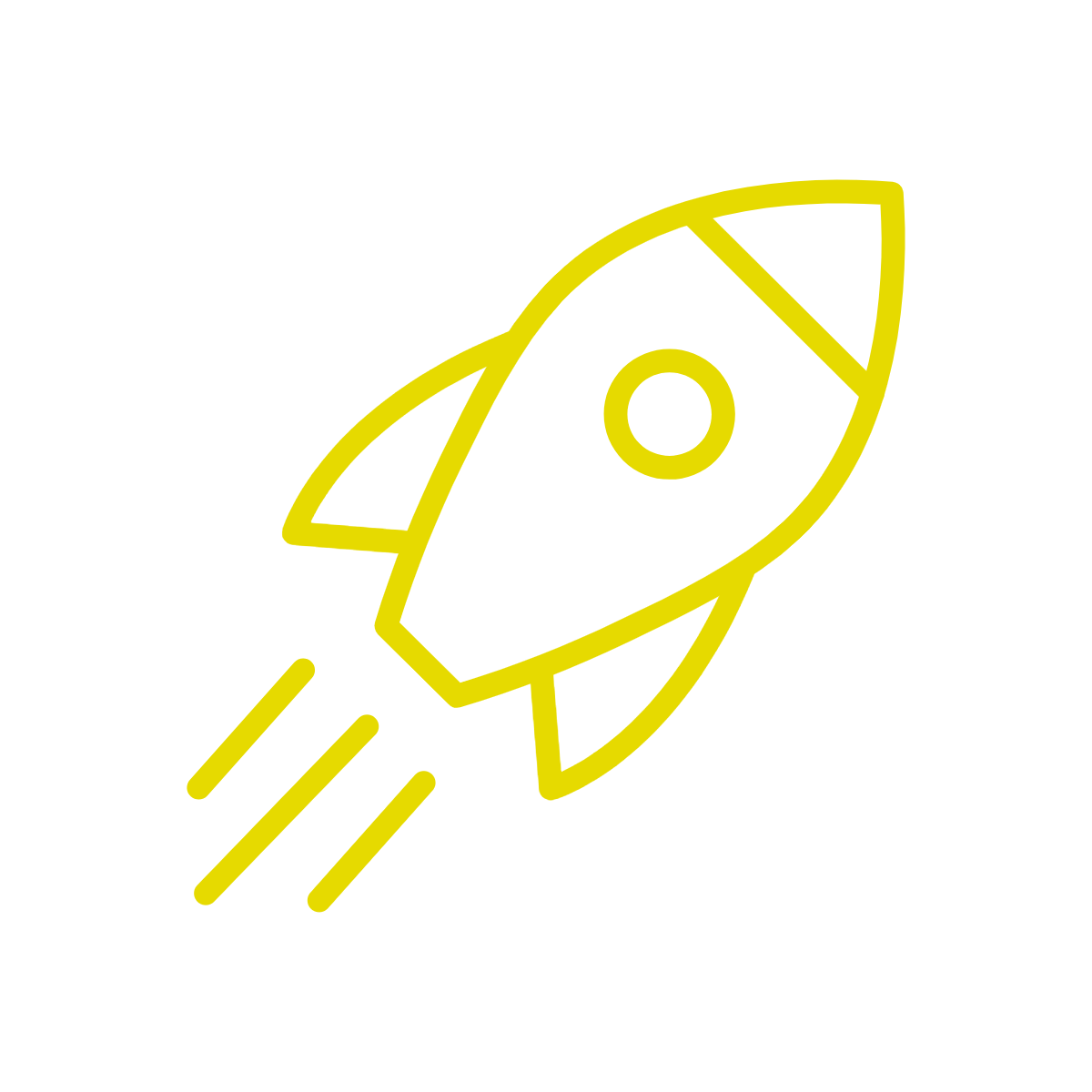






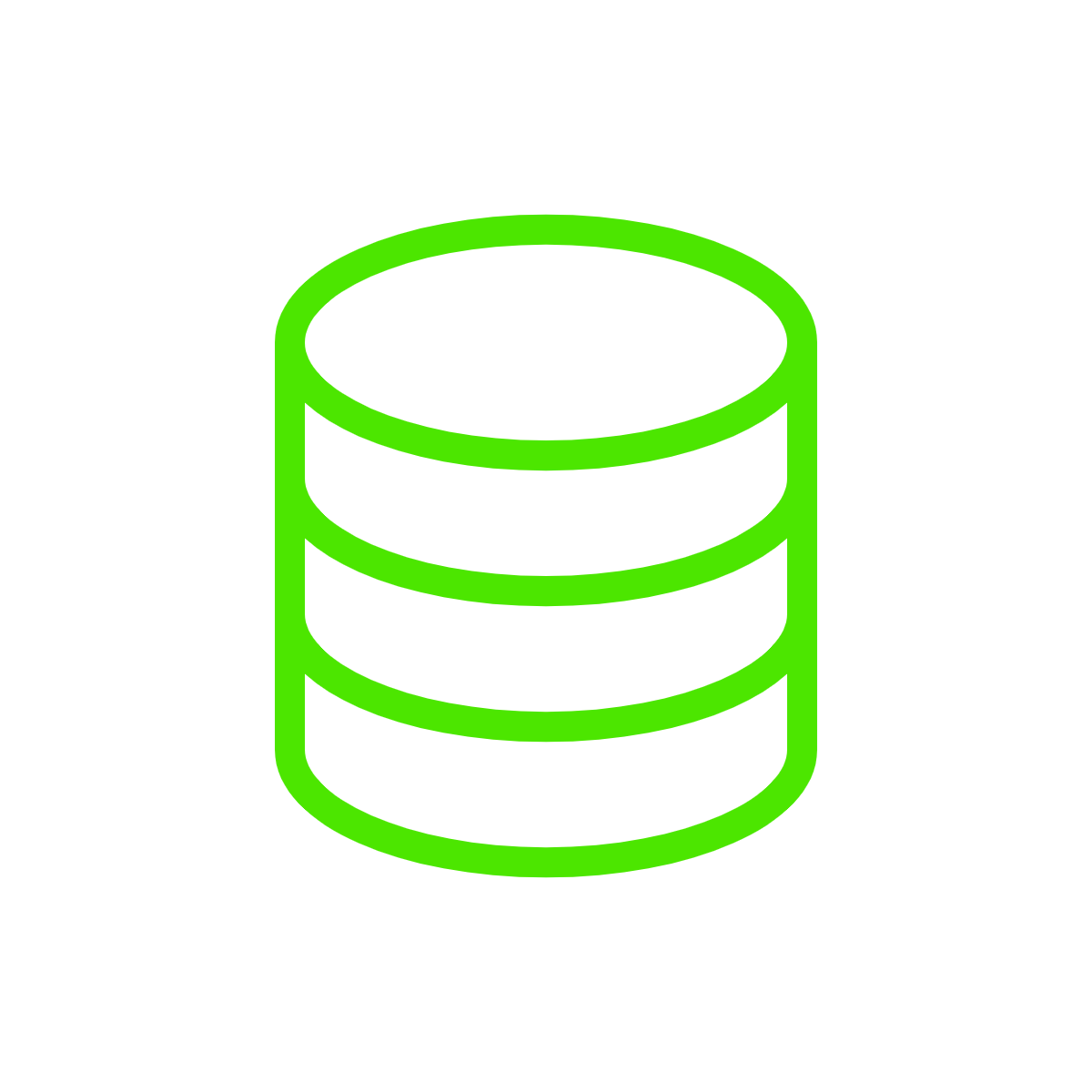

-
Business understanding
-
Data understanding
-
Data preparation
-
Modelling
-
Evaluation
-
Deployment
DATA
CRISP-DM













-
What are the business objectives?
-
Why can data science achieve those objectives?
-
How do we define success metrics ?
-
Are there ethical considerations in data usage?
-
What have other industries achieved?
DATA

CRISP-DM













-
What are the sources of data?
-
Does new data need to be collected?
-
What is the quantity and quality of data available?
-
What do different data items represent?
-
Which data is relevant to the objectives?
DATA

CRISP-DM













-
What are the different data formats?
-
Is there need for annotating data?
-
How can data be extracted, transformed, loaded?
-
How to standardise and normalise data?
-
How to efficiently store data for analysis?
DATA

CRISP-DM













-
What assumptions to make for the models?
-
Statistical or algorithmic modelling?
-
Is clean data sufficient for modelling?
-
Is compute budget sufficient for modelling?
-
Are results statistically significant?
DATA

CRISP-DM













-
Does model work correctly on test data?
-
Does model achieve business objectives?
-
Does model meet performance requirements?
-
Is the model unbiased and robust?
-
What are ways to improve the model?
DATA

CRISP-DM













-
Where is the model to be deployed?
-
What is the HW / SW stack for deployment
-
Does it meet performance requirements?
-
Does it violate privacy requirements?
-
Does it meet users' expectations?
DATA

CRISP-DM













-
Iterative design and deployment -> MVP
-
Revise expectation of success and value of data science
-
Upgrade human and hardware resources
DATA
CRISP-DM













-
Business understanding
-
Data understanding
-
Data preparation
-
Modelling
-
Evaluation
-
Deployment
DATA
Programming tools
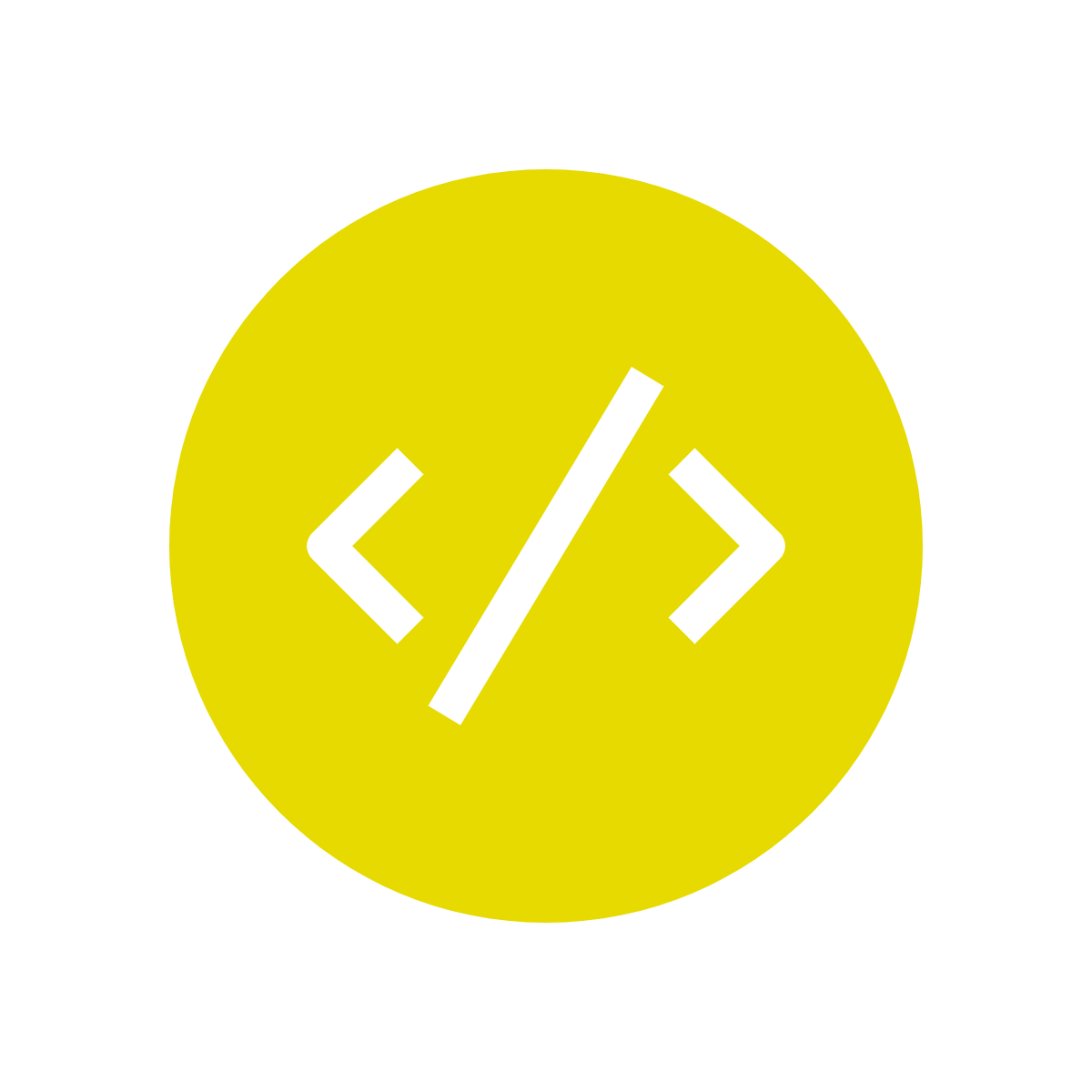
No code environments
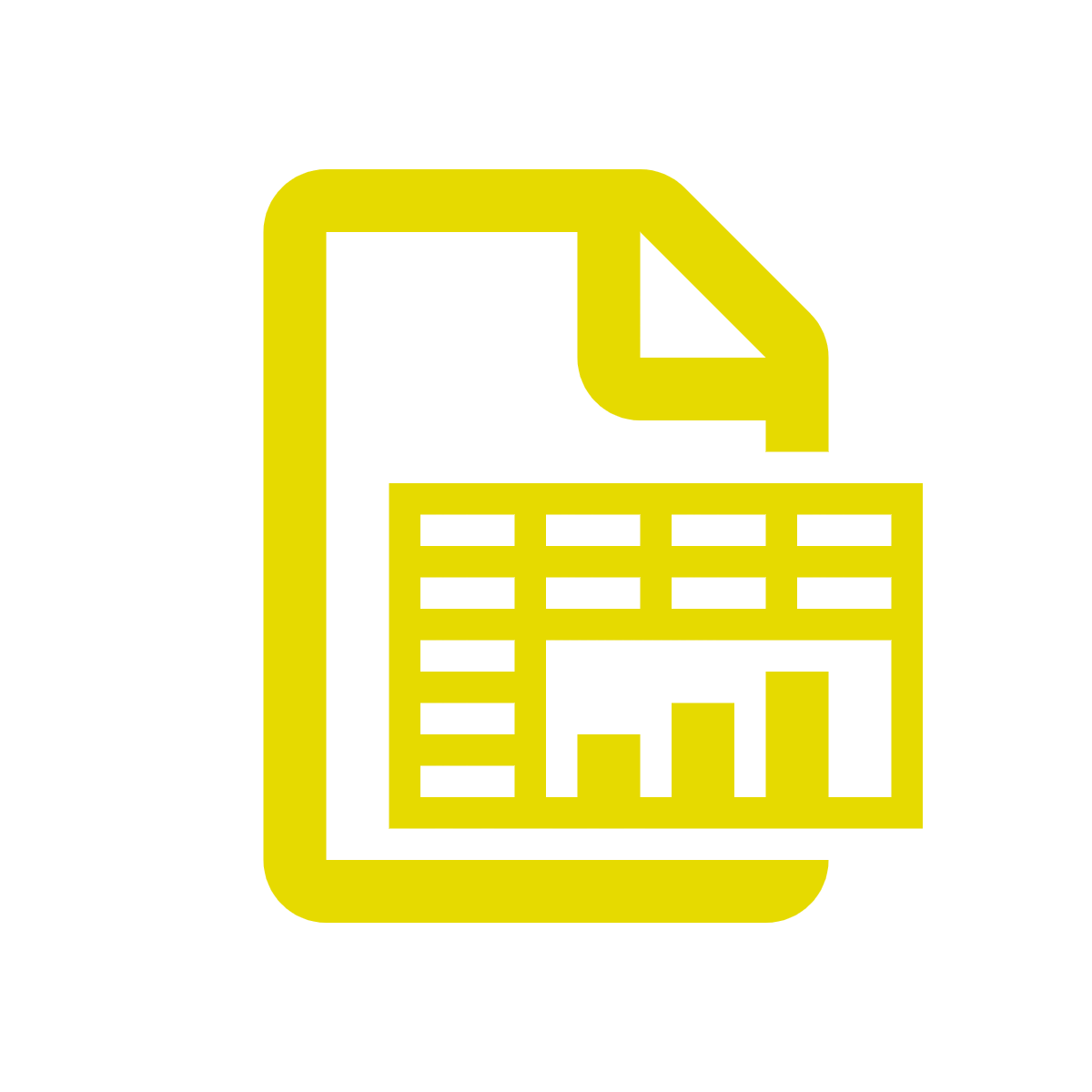
Spreadsheets, BI tools
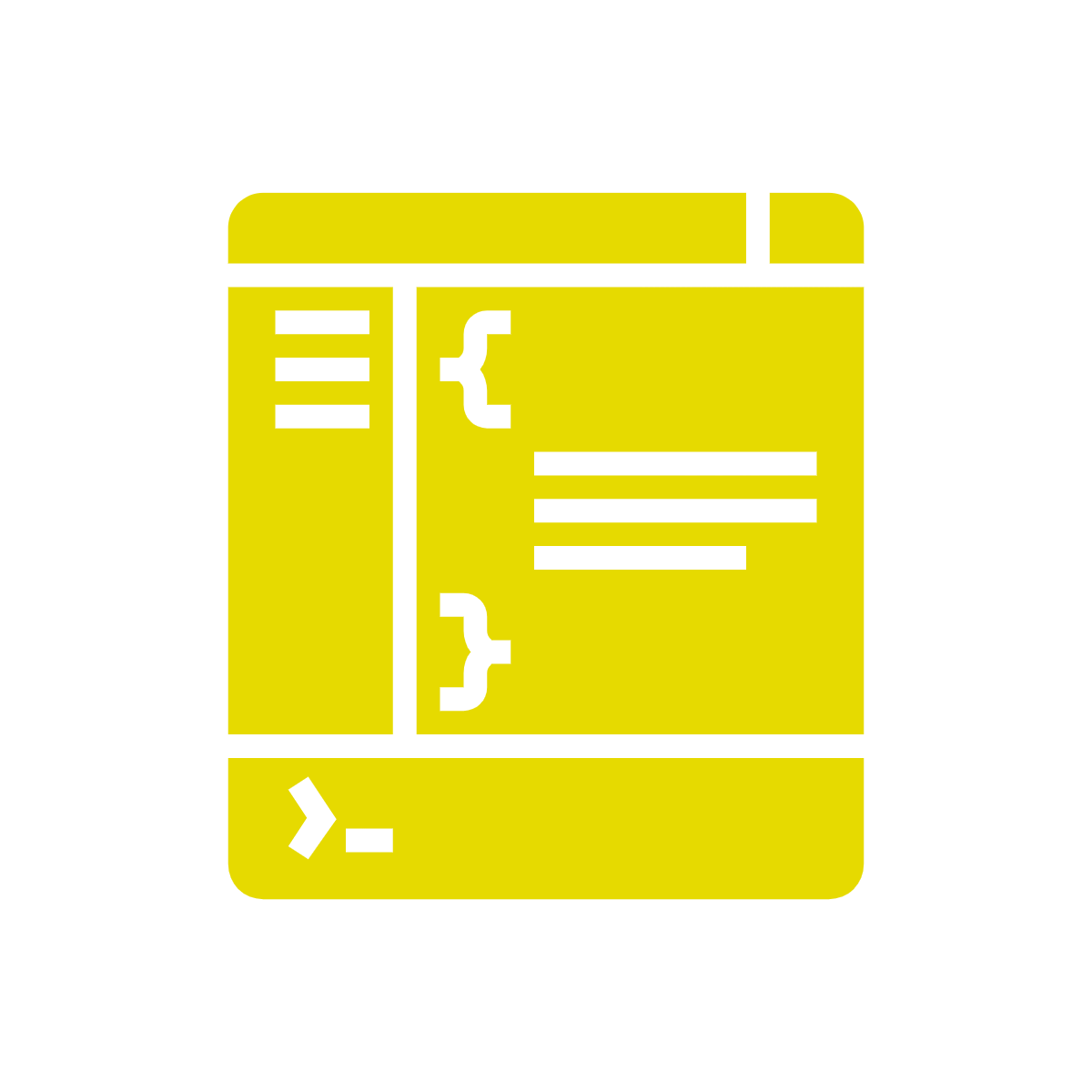
Programming languages
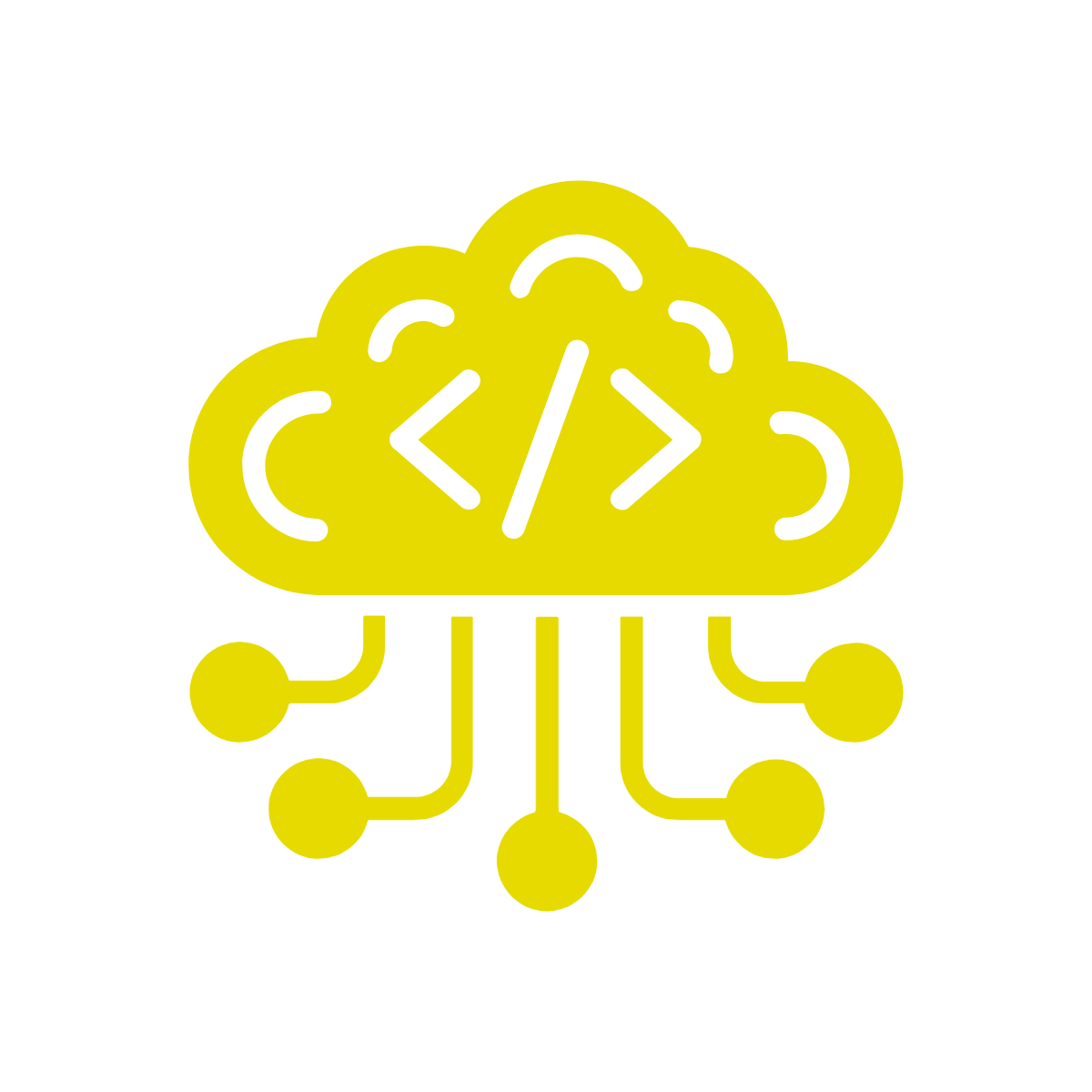
High peformance stacks
H20.ai, IBM Watson, Amazon Lex, Data Robot. ...
Microsoft Excel, Power BI, Google Sheets, Tableau, ...
Weka, SAS, R, Python, MATLAB, Mathematica, ...
Hadoop, Spark, ...
Why Python
1. PPP: Python for Prototyping and Production
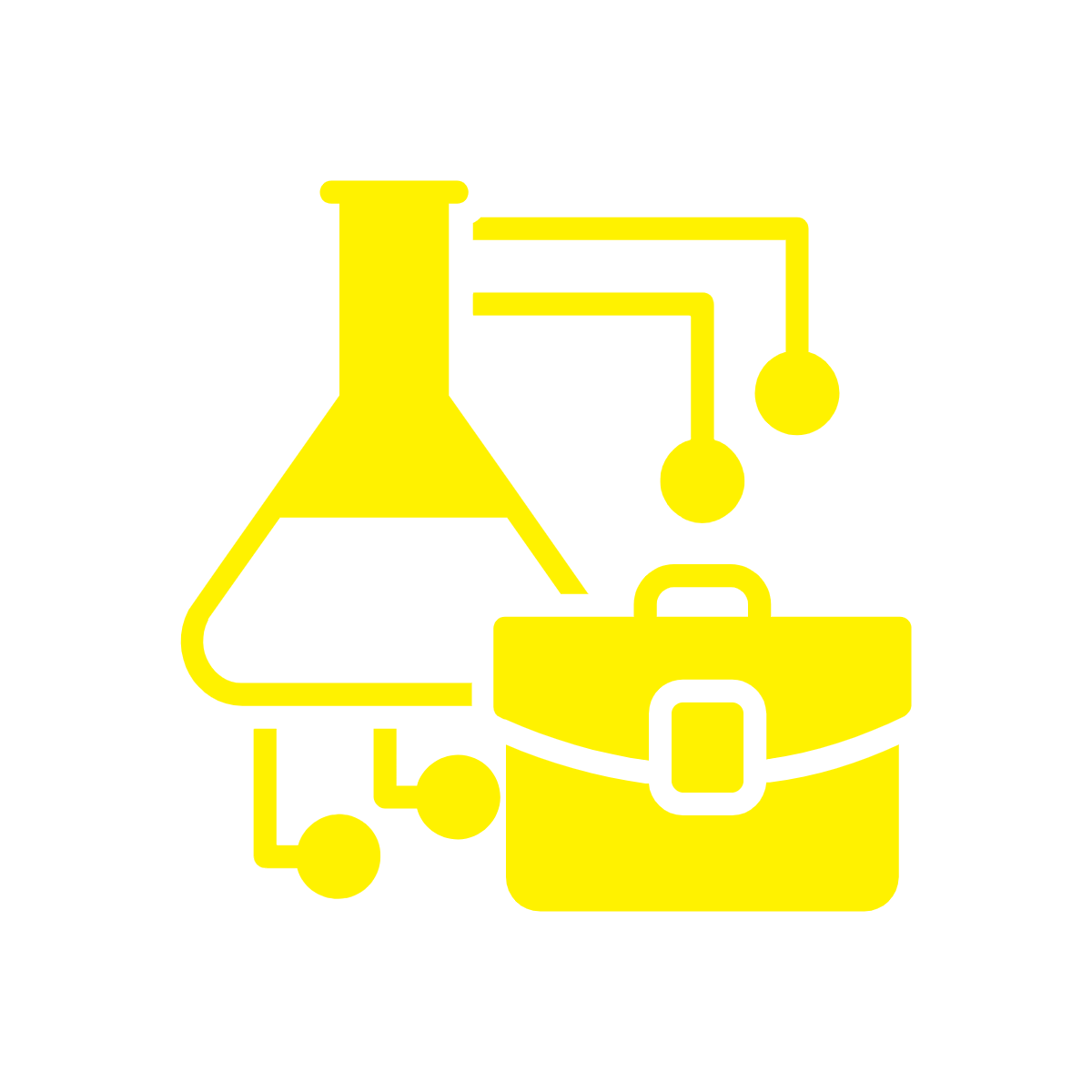

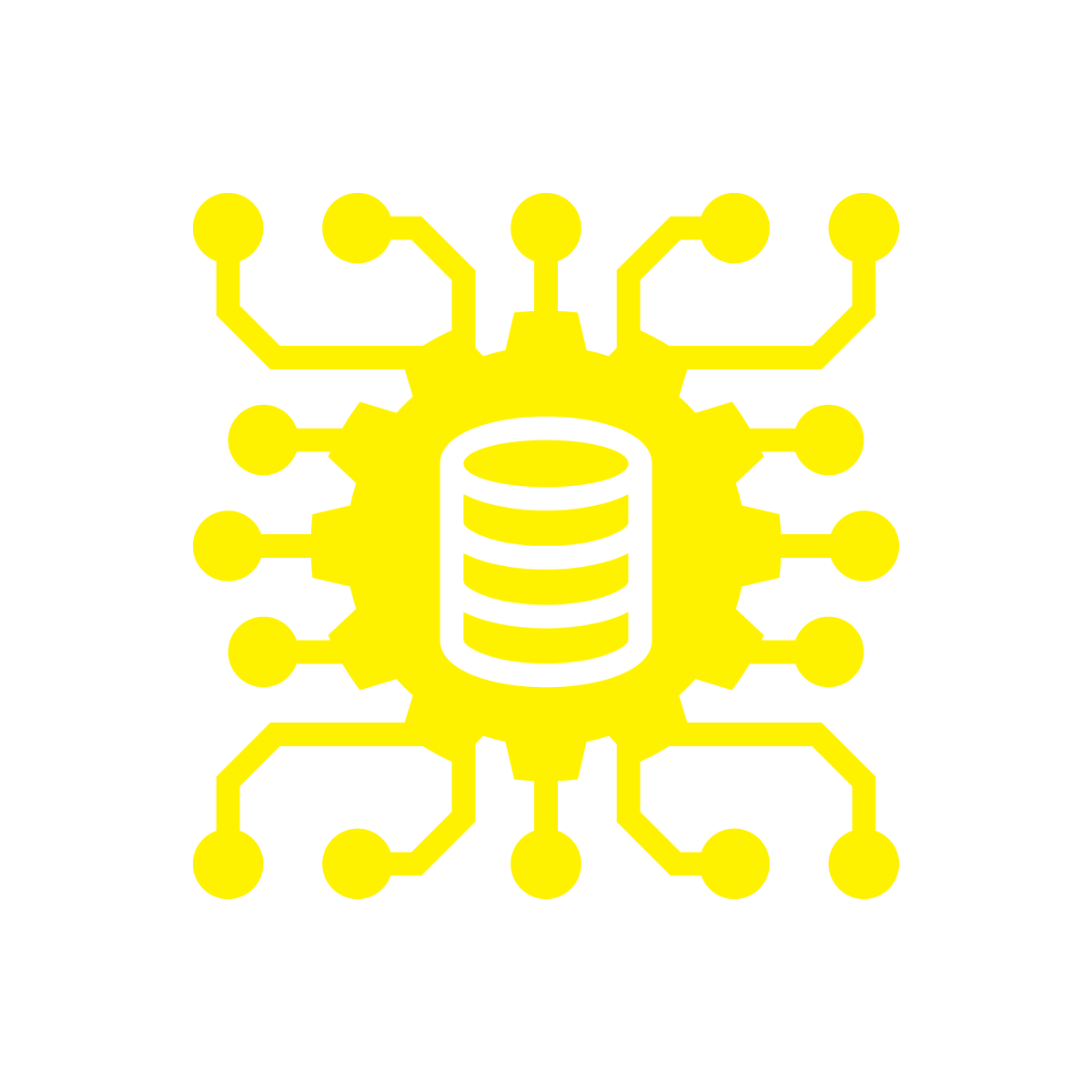

Sometimes there are two silos in orgs
Business / Stats
[Excel, R, Tableau]
Programmers / IT
[C, Java, Cloud, Spark]
Lot of back and forth in different tools
Frustrating and inefficient
Why Python
1. PPP: Python for Prototyping and Production


Python solves this problem
Business / Stats
Programmers / IT
Easy to learn
Full-fledged language


Why Python
2. Python is beginner friendly

First designed by
Guido van Rossum
in 1991 as a language to
teach programming
Why Python
2. Python is beginner friendly
Executable pseudocode
# read csv file, print linewise values
with open('data.csv') as my_file:
content = my_file.read()
for line in content:
vals = line.split(',')
for val in vals:
print(val)Simple syntax, whitespace, high readability
Why Python

3. Python is increasingly the default choice
for data science
Why Python
3. Python is increasingly the default choice
for data science














Why Python
4. Python is cool beyond data science too
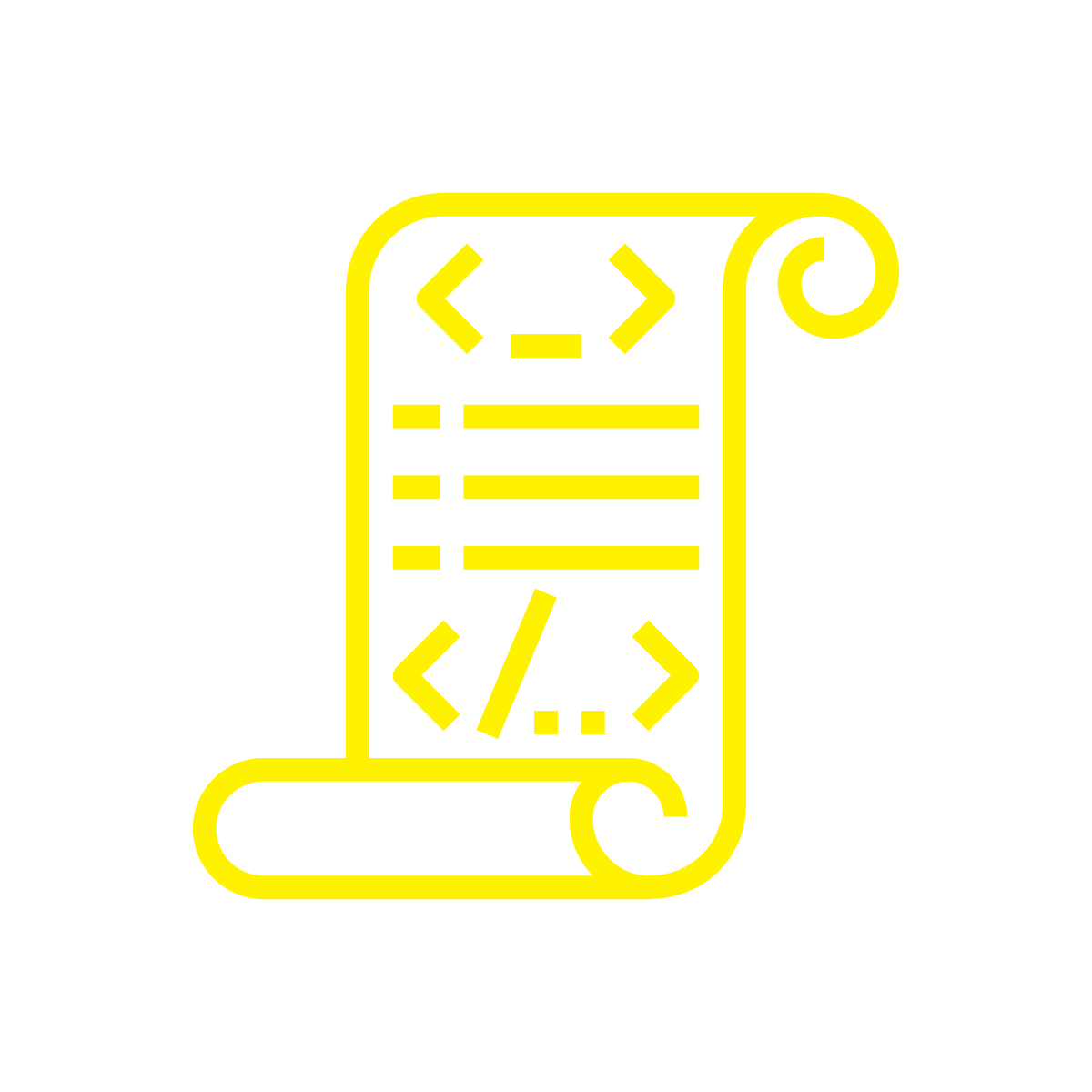
As a scripting language
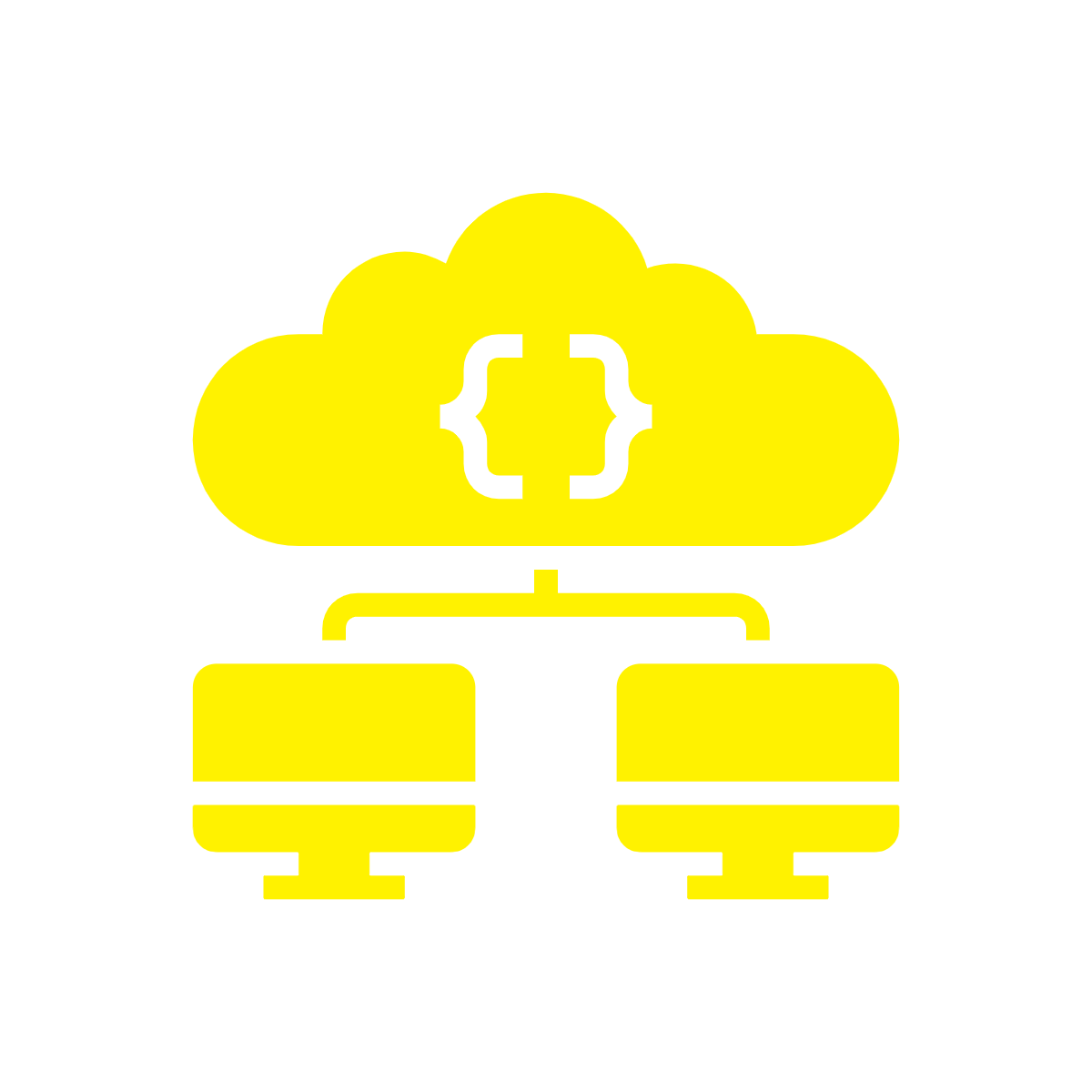
For web development
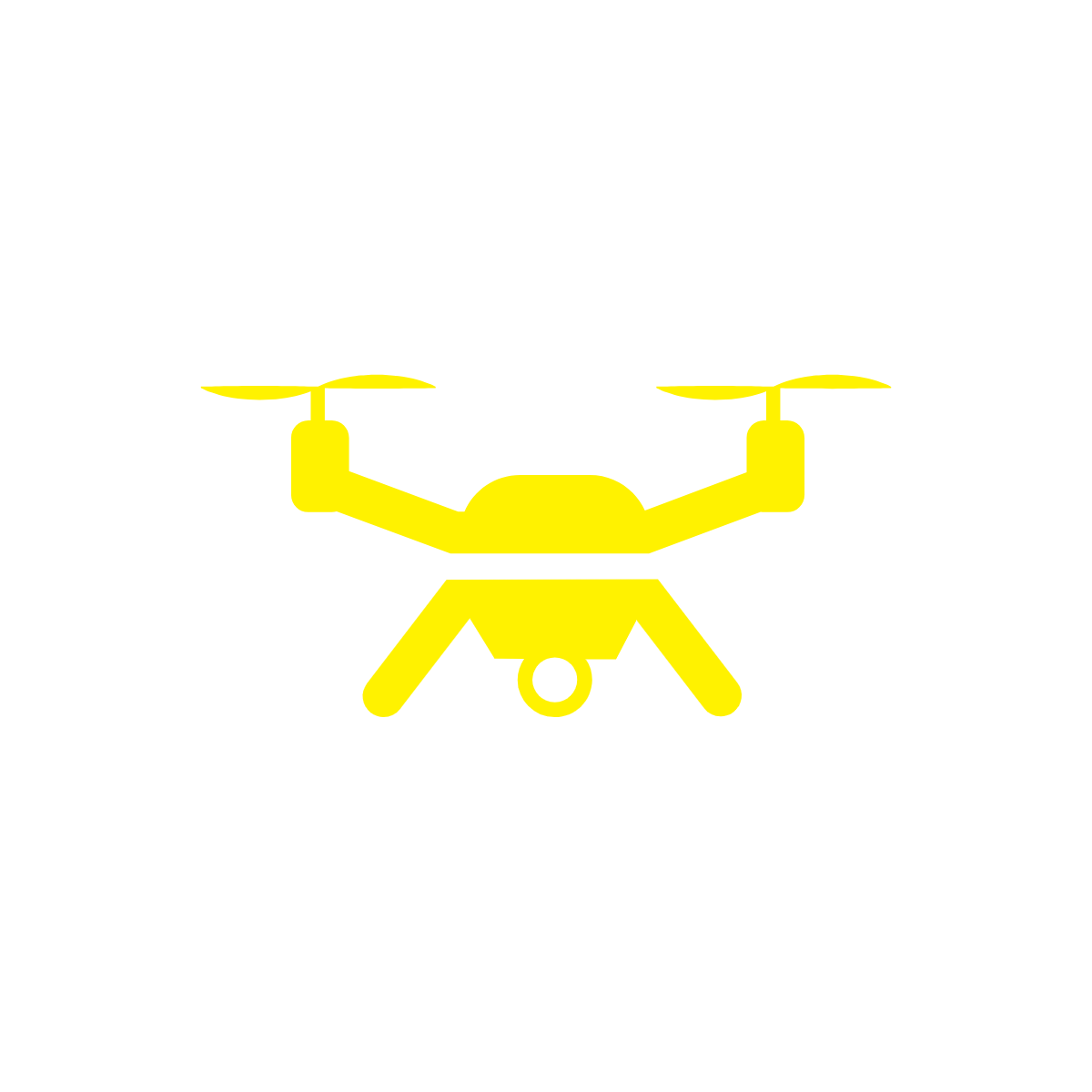
For programming IoT devices
Why not Python
Python is an interpreted language
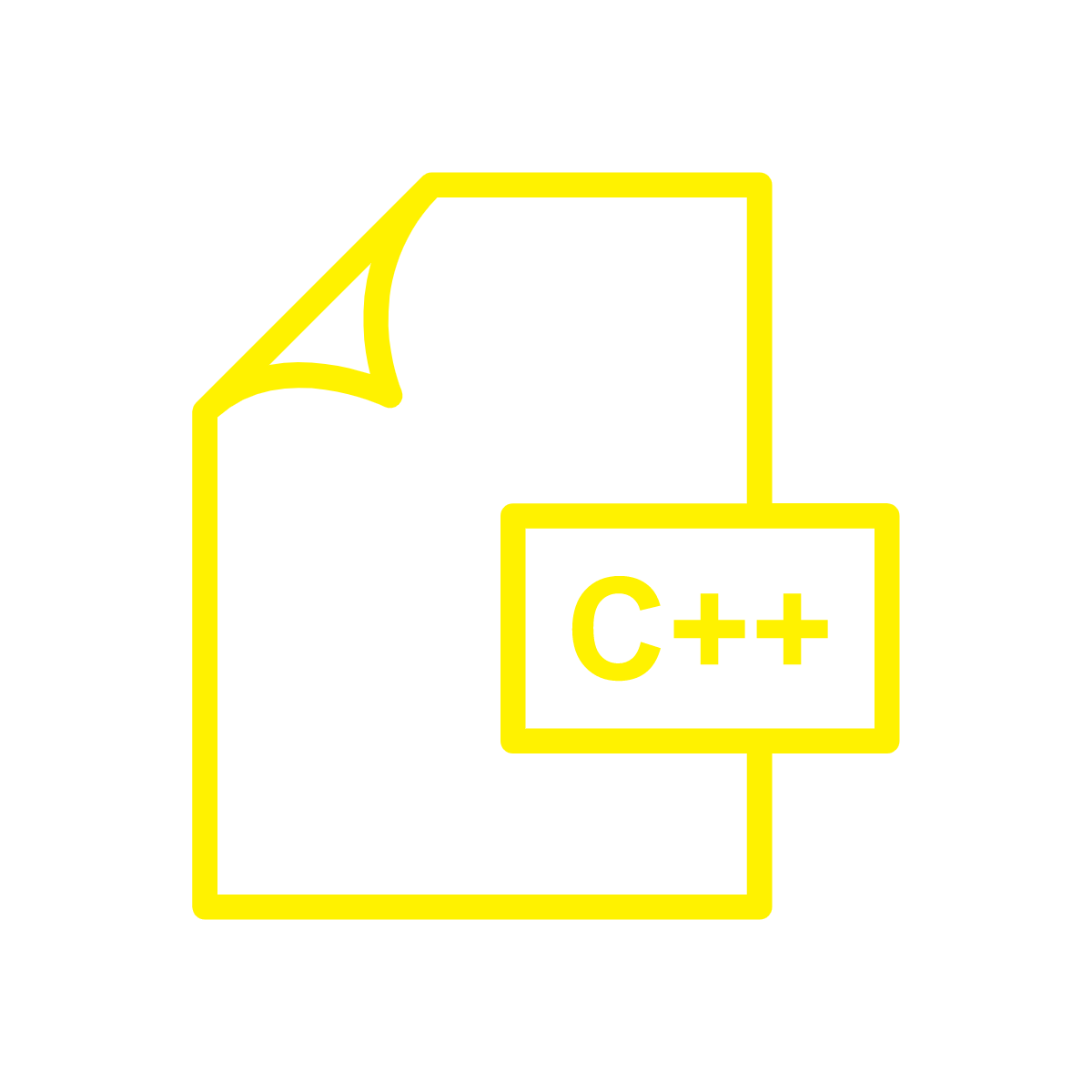


Compiler

Runs on

specific HW


Interpreter


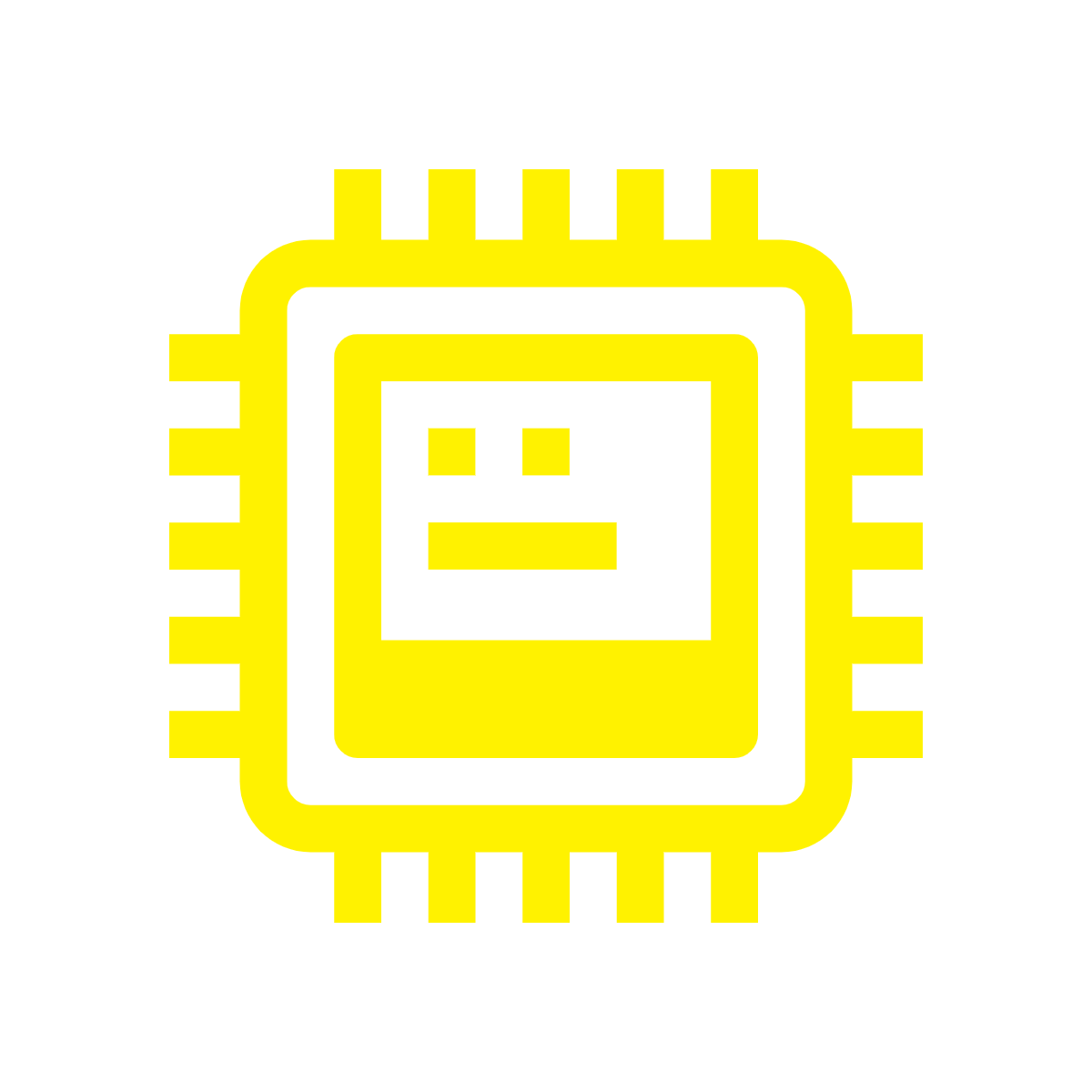
Any HW with interpreter support
Can be slower due to interpreter
Limited to run instruction-by-instruction
Python - Libraries
IPython and Jupyter

IPython is an interactive interface
Encourages iterative read-eval-print (REPL)
Python - Libraries
IPython and Jupyter

Jupyter: Interactive web-based code notebook
Python - Libraries
IPython and Jupyter
Mathematica

Python - Libraries
NumPy
Short for Numerical Python
Shortened fruther as np
In [1]: import numpy as np
In [2]: a = np.identity(3)
In [3]: a
Out[3]:
array([[1., 0., 0.],
[0., 1., 0.],
[0., 0., 1.]])Python - Libraries
NumPy
Efficient loading, storing, and processing of high dimensional data

Numpy arrays are the common interfaces with low-level implementation

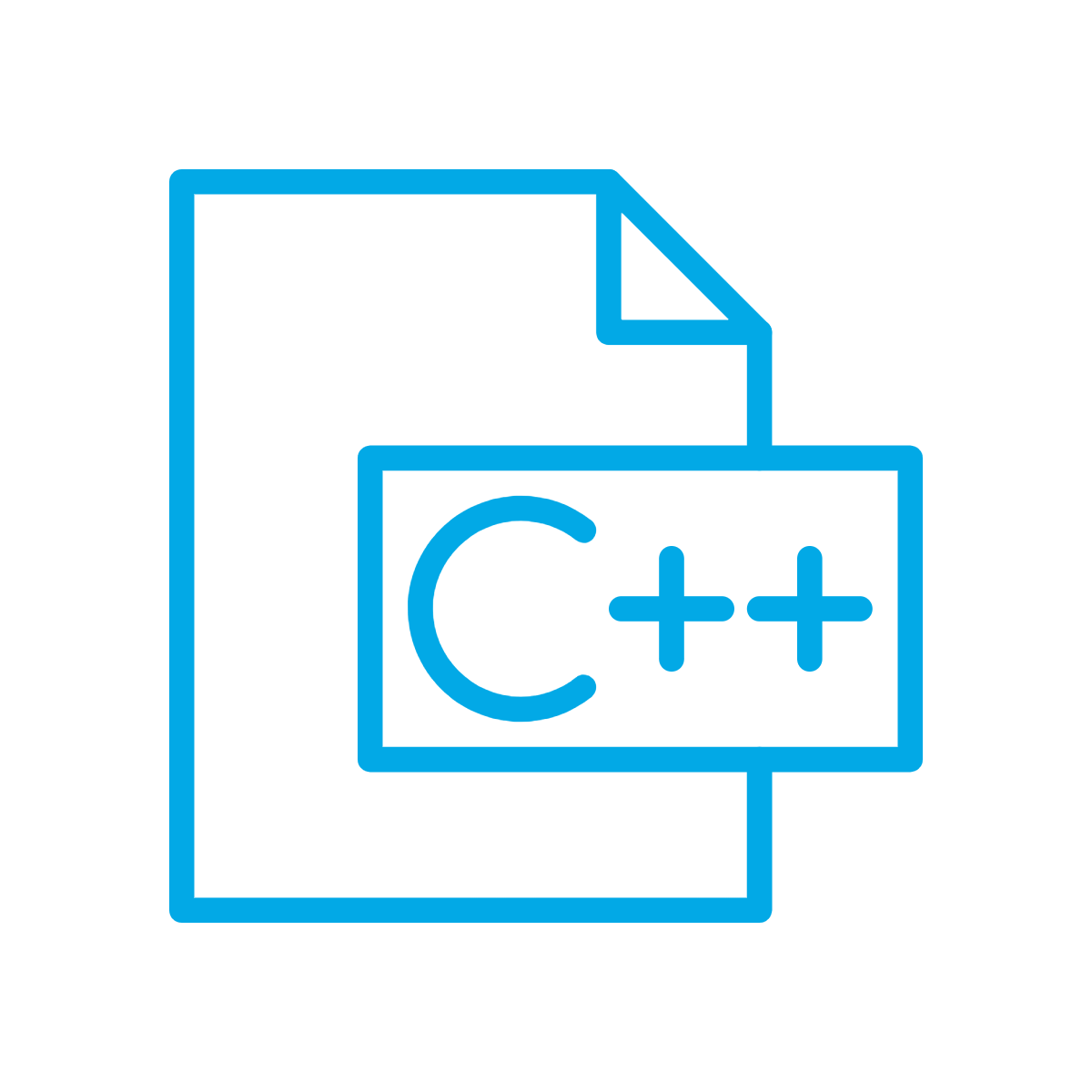
Python - Libraries
NumPy

MATLAB
Python - Libraries
Pandas
Shortened as pd. Started in 2010
Data structures and functions to manipulate structured data

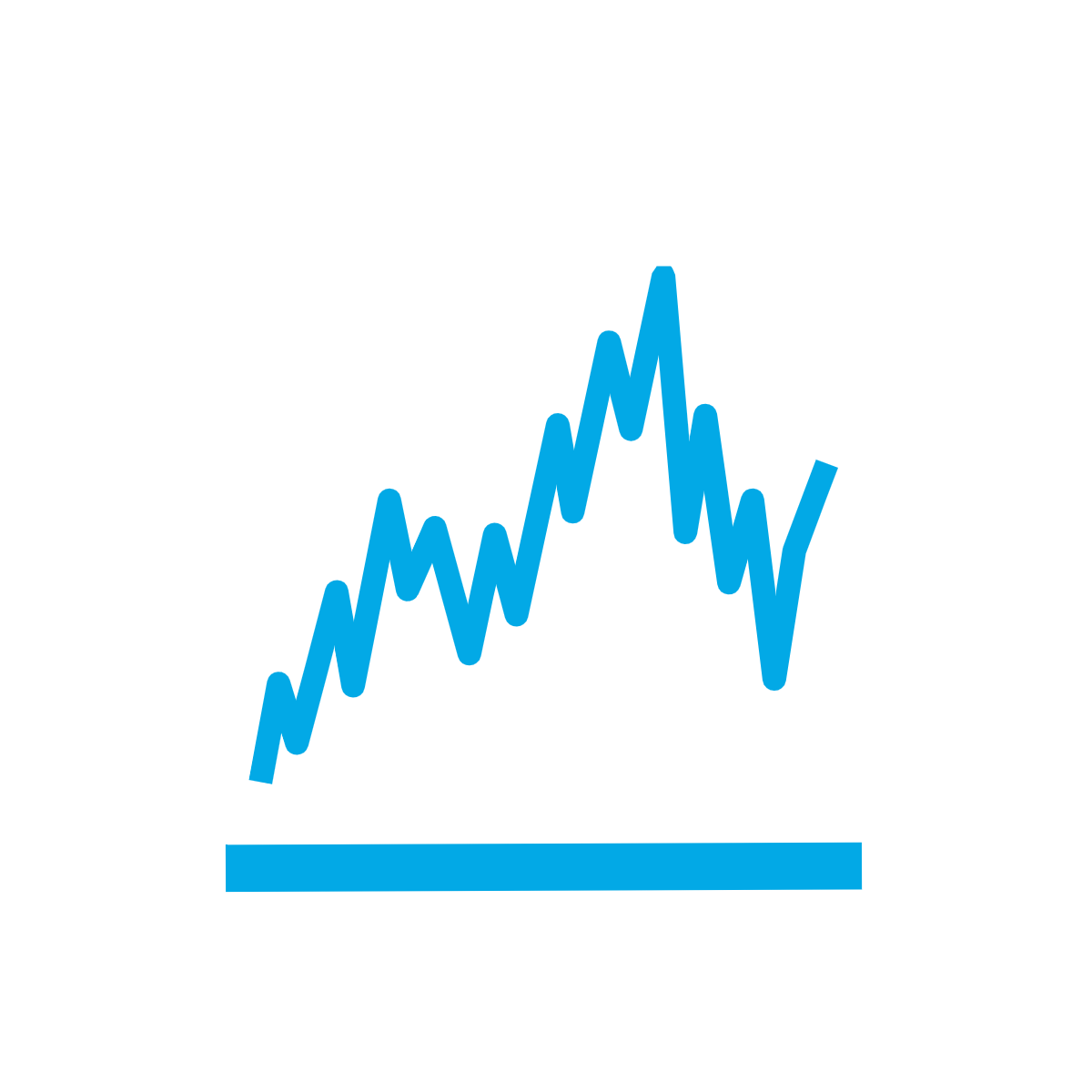
DataFrame
Series
We will look at two common objects
Relational data
Time series
Python - Libraries
Pandas
Pandas is a mainstay across these 3 tasks





collect
process
store
describe
model



process
store
describe
Recall: This course is structured around:
Python - Libraries
Pandas
R programming language

Python - Libraries
Matplotlib, Seaborn
Default visualisation tools in Python
Especially work well with Jupyter

Python - Libraries
Matplotlib, Seaborn
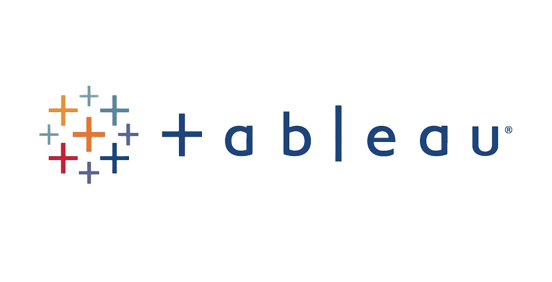
Python - Libraries
SciPy
Bunch of useful sub-libraries to enable scientific computing with Python
Python - Libraries
SciPy
Bunch of useful sub-libraries to enable scientific computing with Python
scipy.stats will be of major help in modelling





collect
process
store
describe
model

describe

model
Python - Libraries
SciPy

MATLAB
Python - Libraries
Scikit-Learn
Python's workhorse for machine learning
We will begin to use it with the last section on linear regression
